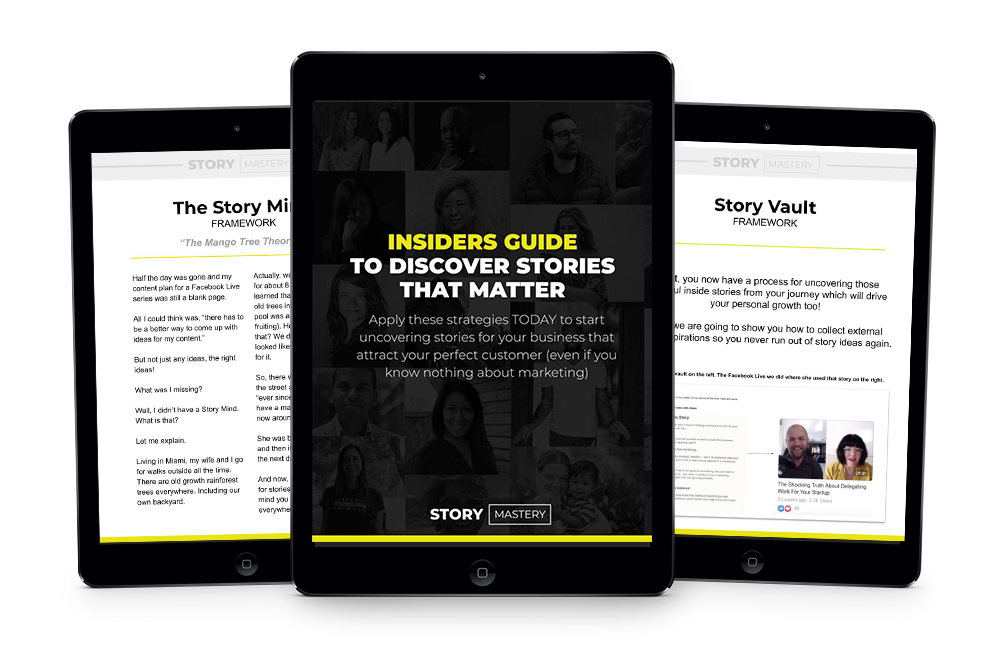Proven Strategies to Grow an Audience on Facebook with Rachel Miller

Interview with author and founder of Moolah Marketing, Rachel Miller Subscribe to this show on Spotify | iTunes | Stitcher | Soundcloud Rachel Miller has a big heart and is a marketing shark! So much fun to talk to during this episode as she shares the secrets behind an impactful Facebook strategy to help you grow an engaged community. Our […]
Building a Company Culture for Your Startup Where People Thrive: Moe Carrick
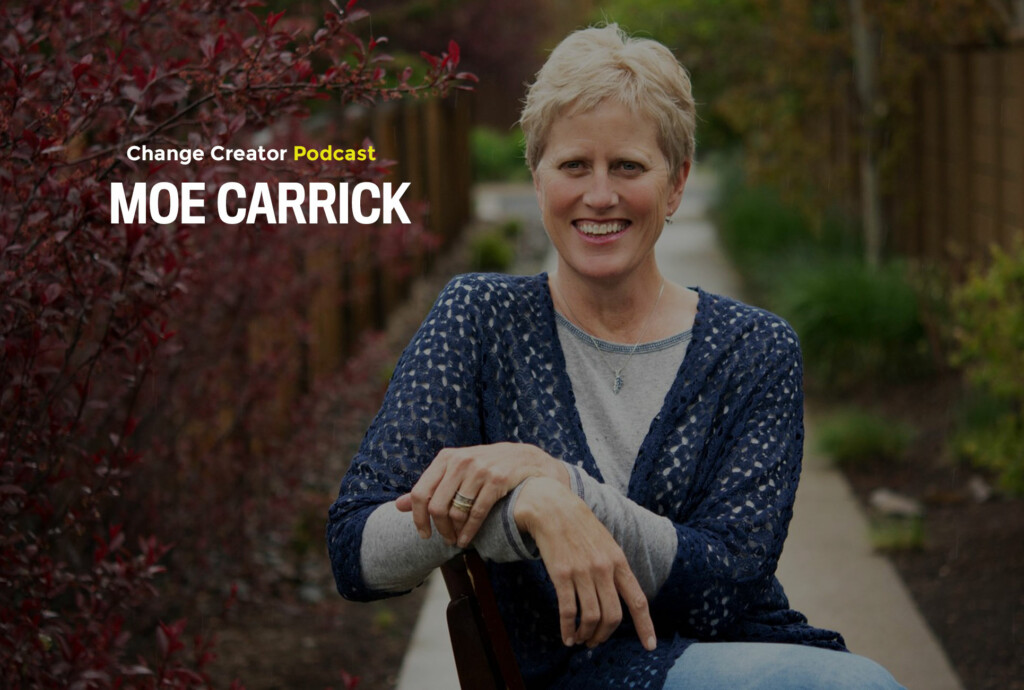
Interview with coach, author and entrepreneur, Moe Carrick Subscribe to this show on Spotify | iTunes | Stitcher | Soundcloud One of the important parts of any companies success is the team and the culture that is created for the company. The best time to begin creating a great company culture is at day one if possible. As you build […]
Discover Your Innovative Angle to Scale Your Impact Business (interview)
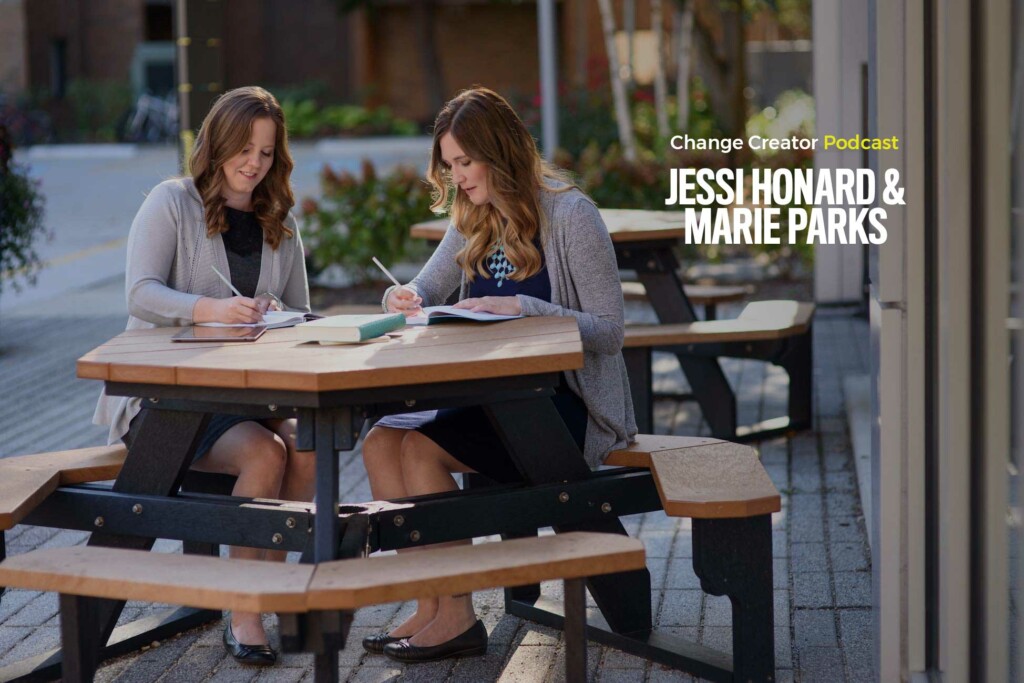
Interview with Jessi Honard & Marie Parks, founders of Northstar Messaging Subscribe to this show on Spotify | iTunes | Stitcher | Soundcloud This is dynamic conversation since we have three people on the line who all love content strategy and storytelling! Jessi and Marie both are rockstars with a lot of great experience to share. They are also contributing […]
Starting a Social Enterprise and Landing Funding with Justin Goodhew (Pitch Deck Inside)
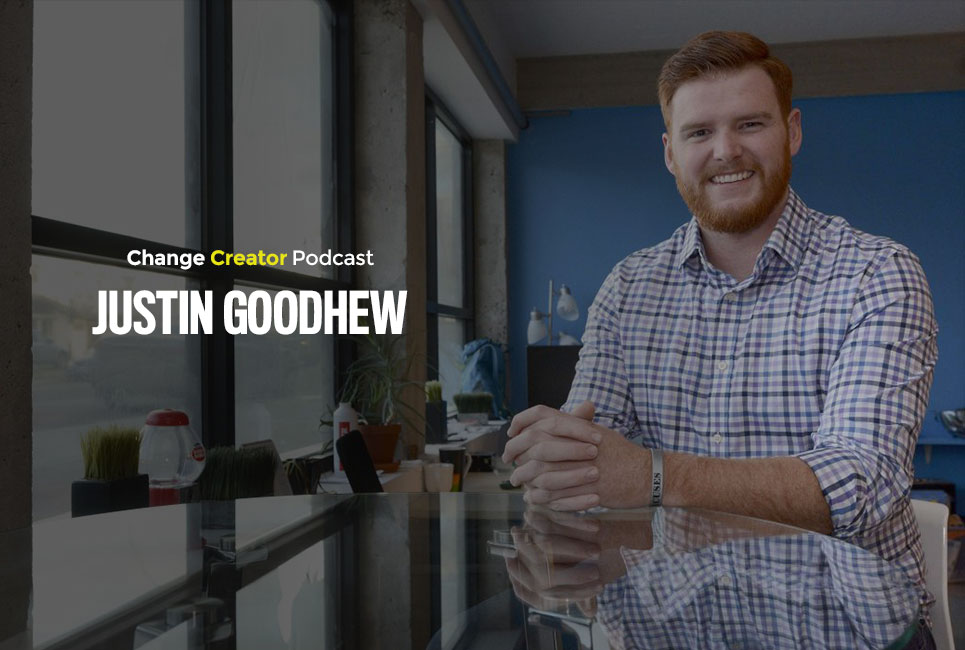
Interview with the founder of Trellis, Justin Goodhew Subscribe to this show on Spotify | iTunes | Stitcher | Soundcloud When Justin reached out to us we were enticed by the work he was doing and the steps his startup has taken so far to grow. In this interview, we talk about starting a social enterprise and raising funding. You’ll […]
Strategies For Building an Authentic and Lucrative Business with Michelle Ward (interview)
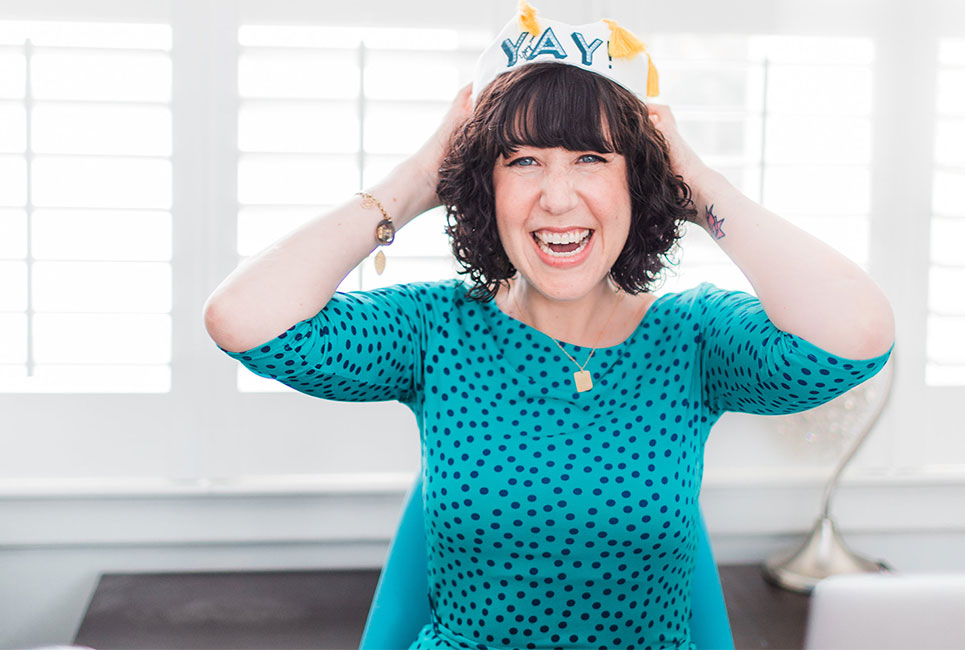
Interview with creative business coach, Michelle Ward Subscribe to this show on Spotify | iTunes | Stitcher | Soundcloud Michelle Ward is fun, energetic and smart. She’s also a fighter who overcame breast cancer twice. In this conversation, we dig into important lessons from her experience and what it takes to start building an authentic and lucrative […]
Fair Trade Fashion Startup Strategies and Lessons with Maureen Dunn Fetscher (interview)
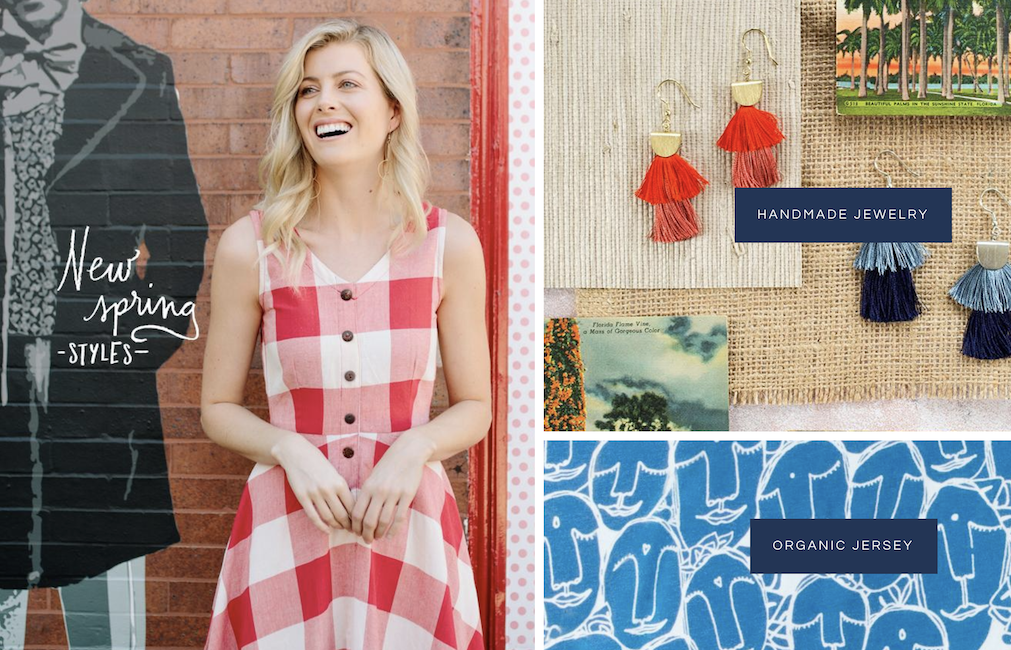
Interview with Mata Traders founder, Maureen Dunn Subscribe to this show on iTunes | Stitcher | Soundcloud Maureen has a lot of great experience and insight into the fashion world and has done extensive travel around the world that has inspired her. In this interview, we talk about ethical fair trade fashion, e-commerce and startup lessons. The […]
Laura Gassner Otting: Carve Your Own Path and Live Your Best Life (interview)
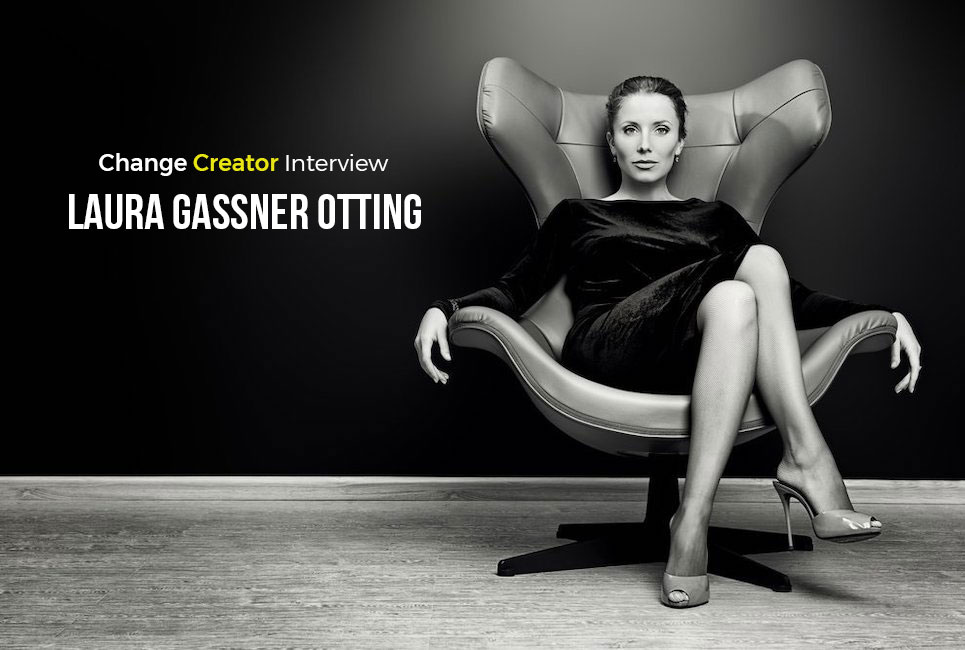
Interview with author and professional speaker, Laura Gassner Otting Subscribe to this show on iTunes | Stitcher | Soundcloud This was a really fun conversation. Laura is full of energy and is not afraid to tell you like it is. On top of being an author and speaker, she’s a big-time straight shooter which I personally love. […]
How Kind Karma Launched Their Ethical Fashion Social Business (interview)
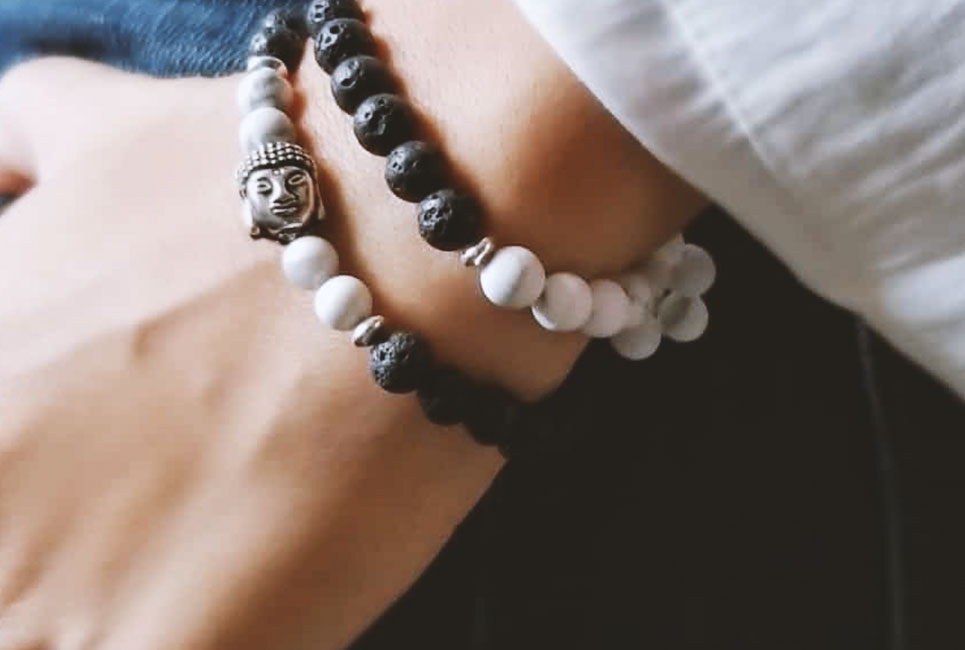
Interview with the founder of Kind Karma, Laurinda Lee Subscribe to this show on iTunes | Stitcher | Soundcloud In this interview we talk with the founder of Kind Karma, Laurinda Lee, about how she launched Kind Karma, lessons learned, and processes that helped her grow her social business. The first few years running your own business […]
How Gerard Adams Sold Elite Daily for $50m and Became The Millennial Mentor

Interview with Gerard Adams Subscribe to this show on iTunes | Stitcher | Soundcloud Gerard Adams is on fire. He is full of inspiration, energy and strategic insights. This discussion was a blast and I know you’ll get tons of key takeaways from it. In this interview, we talk about how he actually built the media company, […]
How Zoetica is Helping the World Go Waste-Free

Interview with Zoetica Founders, Karen Hoskin and Elizabeth Smith. Subscribe to this show on iTunes | Stitcher | Soundcloud In this interview with Zoetica founders, Karen and Elizabeth, we discuss their mission to free society from convenience trash and plastic. Learn how they came up with their innovative solution and run operations from the ground up. In […]
How Edovo is Disrupting The Prison System in a Big Way: Brian Hill, Founder (Interview)

Interview with the founder of Edovo, Brian Hill I was sitting in what could be considered a lounge area at a conference in 2018. There was this guy sitting on a little ottoman next to me. I decided to bullshit with him a bit and see what he was working on. That’s how I met […]
Joel Solomon: Secrets From an Impact Investor Leading the Clean Money Revolution

Interview with Impact Investor & Author Joel Solomon, Renewal Funds Subscribe to this show on iTunes | Stitcher | Soundcloud This was an invigorating conversation. Joel is full of wisdom after 30+ years of experience in the impact business space. Why are things the way they are, where are they going, what can we do to all […]
How Love is Project Generated $1.2M Spreading Love With Bracelets (interview)

Interview with the founder of Love is Project, Chrissie Lam Subscribe to this show on iTunes | Stitcher | Soundcloud #LOVEISPROJECT CONNECTS SOCIALLY CONSCIOUS CONSUMERS ACROSS THE WORLD WITH A MESSAGE OF LOVE. It grew out of a simple desire to find out what love means to people around the world, and how despite circumstance or history, […]
Putting Impact on Auto Pilot With A Funnel Marketing System: Michelle Evans (interview)
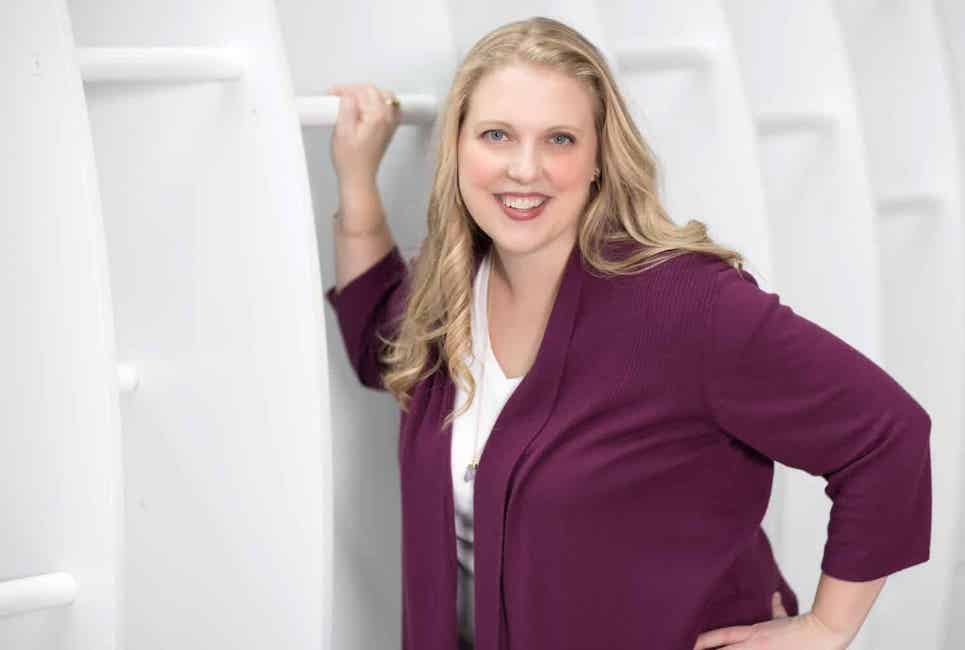
Interview with funnel marketing expert, Michelle Evans. Subscribe to this show on iTunes | Stitcher | Soundcloud In this interview with talk with funnel marketing expert Michelle Evans to learn how she went from a cosy job at Microsoft to making her own schedule as an entrepreneur building funnel systems. We wanted to learn how she help busy […]
How Somya Munjal is Creating Social Change Through Socioeconomic Empowerment
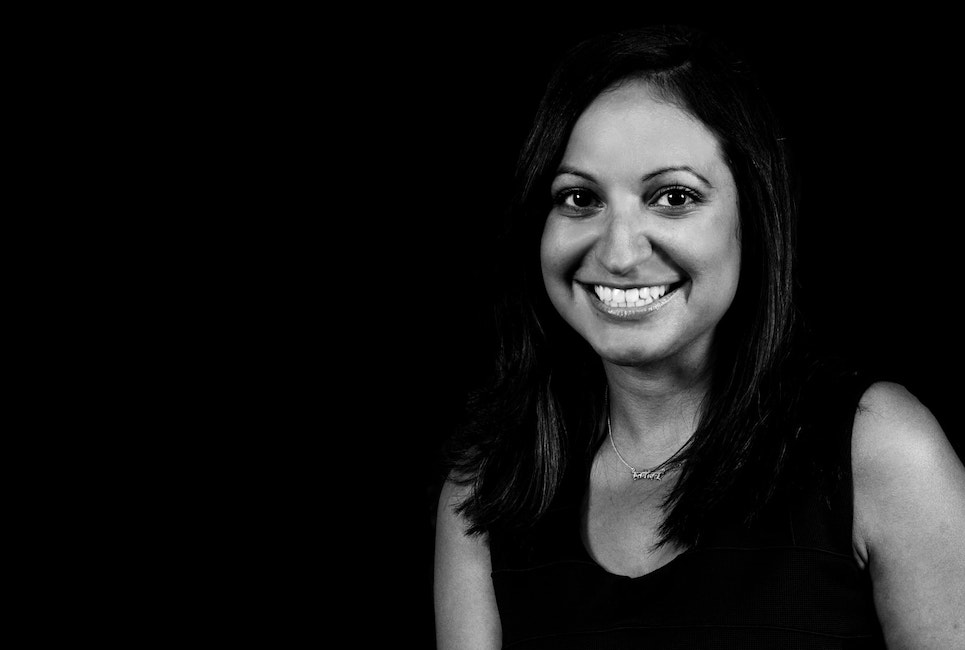
Interview with Somya Munjal, founder of Youthful Savings, Managing Partner of CPA for the People, LLP and the Creative Director of Audacious Endeavors Subscribe to this show on iTunes | Stitcher | Soundcloud Somya is full of energy and ambition. I’m pretty sure nothing can stop her! Our conversation will inspire you and provoke new ideas. It’s […]
Looking to Nature and Tech to Solve Social Problems with Shel Horowitz

Interview with best selling author, Shel Horowitz. Subscribe on iTunes | Soundcloud | Stitcher I had a great talk with award-winning author, speaker and ethical marketing expert, Shel Horowitz. We cover a range of thought-provoking topics that will inspire you and your impact business. A bit more about Shel. For over a decade, Shel Horowitz, “The Transformpreneur,” […]
Building a Massive Audience Through The Power of Storytelling with Jay Shetty (interview)
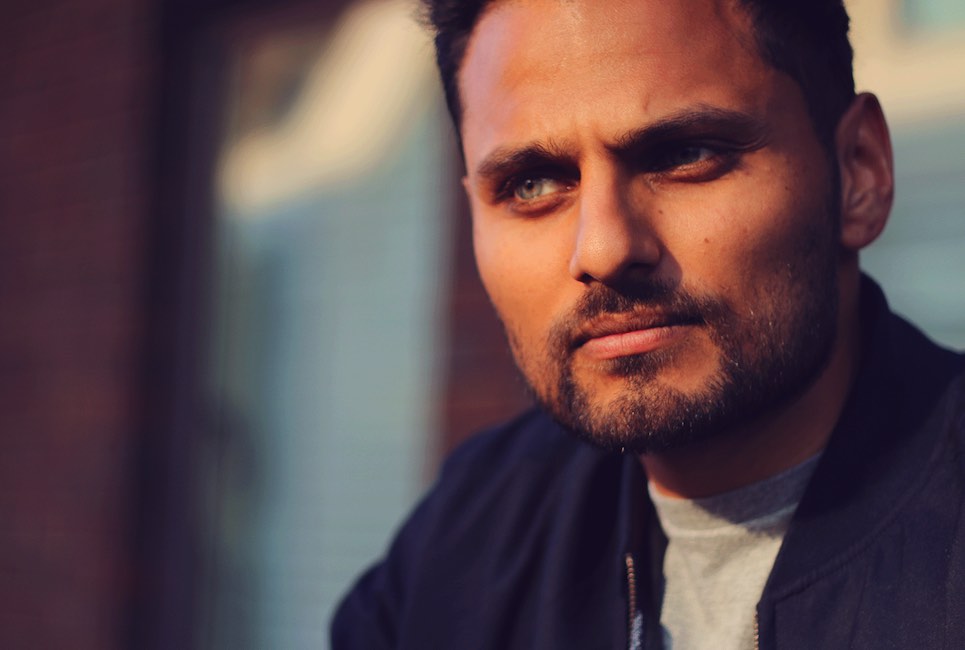
Interview with Jay Shetty Subscribe to this show on iTunes | Stitcher | Soundcloud In this interview, he shares strategies, tools and insights that he has never shared before and you can’t get anywhere else. Don’t miss this one!! Jay Shetty is a rising star who has carved out his path by mastering the art of storytelling. […]
How to Go Lean and Innovate Social Impact with Eric Ries and Ann Mei Chang (Interview)
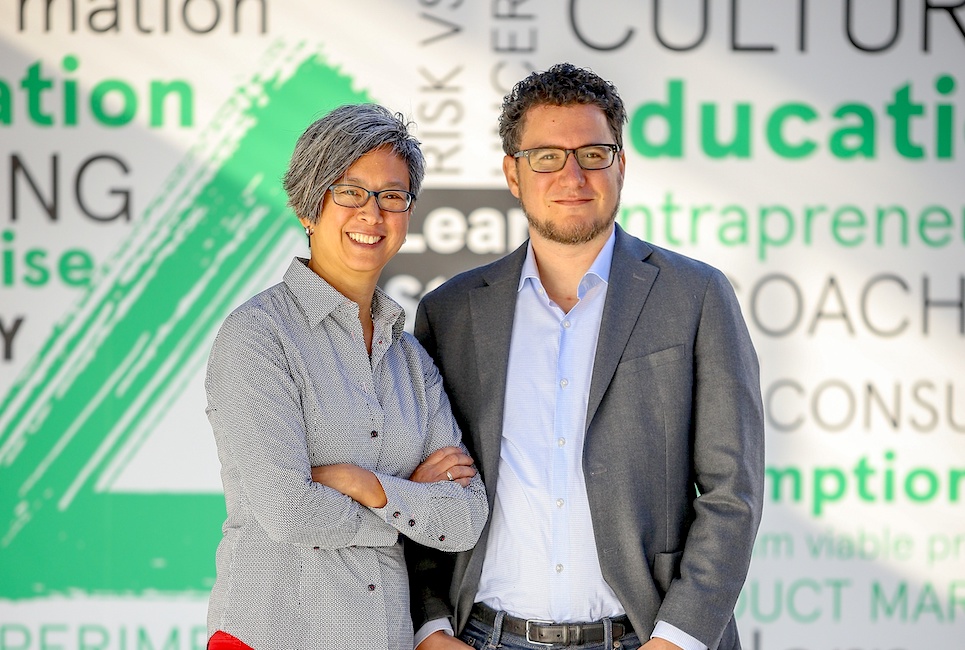
Interview with Eric Ries and Ann Mei Chang Subscribe on iTunes | Soundcloud | Stitcher This is a really unique interview because we were able to pull the two leaders of the Lean movement together at the same time. I personally read Eric Ries book, Lean Startup when it came out and it was transformative. […]
Connecting Social Enterprises with Buyers and Consumers: Rafik Riad, Buy Good. Feel Good. Expo (Interview)

Interview with Rafik Riad, founder of Buy Good. Feel Good. One of the most important growth channels we have found at Change Creator is through strong partnerships. What has been most fascinating is how easily we can become stuck behind the desk working in the business rather than getting out to conferences and working on […]
How Sylvain Labs Creates Product Innovation for the Greater Good

Interview with the founder and CEO of Sylvain Labs, Alain Sylvain Subscribe on Soundcloud, iTunes or Stitcher Alain Sylvain is not just a hardworking creative entrepreneur, he’s the founder & CEO of Sylvain Labs. Sylvain Labs is an innovation and brand design consultancy that solves complex business problems for some of the biggest brands in the […]
Building a SaaS and Selling it When The Time is Right with David Schneider (interview)

Interview with founder of Ninja Outreach, David Schneider In this interview, we talk with the founder of Ninja Outreach, Dave Scheider, about his experience building a SaaS and why he sold it when he sold it. Many entrepreneurs don’t consider their exit strategy and we want to get you thinking about this because you should […]
Start Realizing Your Dreams! Paul Gowin, High Performance Coach (interview)

Interview with ex-marine and high-performance coach, Paul Gowin In this inspiring interview, we talk with high-performance coach and ex-marine, Paul Gowin, to better understand what it takes to break through barriers in your life and live your dreams. Growing up in eastern Montana, Paul Gowin took a break from college at the University of Montana […]
How To Build Smart Tech That Increases Sustainable Purchasing (interview)

Interview with Green Story co-founder, Akhil Sivanandan. Subscribe to this show on iTunes | Stitcher | Soundcloud What Green Story is doing is something most aspiring entrepreneurs dream of as a solution but are not sure how to execute such a big idea. He leaned into his experience and passion to answer a key question – How do we tip the scale […]
How This Entrepreneur’s Model Helps Raise Big Funding While Creating Meaningful Memories (interview)

Interview with the co-founder of Getaway2Give, Adam Capes. Subscribe to this show on iTunes | Stitcher | Soundcloud In this interview we talk with Adam Capes, the founder of Getaway 2 Give. This is a really interesting discussion about his unique model that raises big money for while creating meaningful memories for people. It offers a fresh perspective that should […]
Turning a Passion for Minimalism into an Impact Business (interview)

Interview with Samantha Kristoferson and Emilio Jose Gracia Samantha and Emilio are full of energy and have a certain zest for life that is contagious. After their interview, I got a copy of their new book, A Recipe For an Extraordinary Life.” It’s an easy read that offers a lot of great insights and inspiration. […]
Unlock Your Professional and Personal Growth with Expert Rick Miller
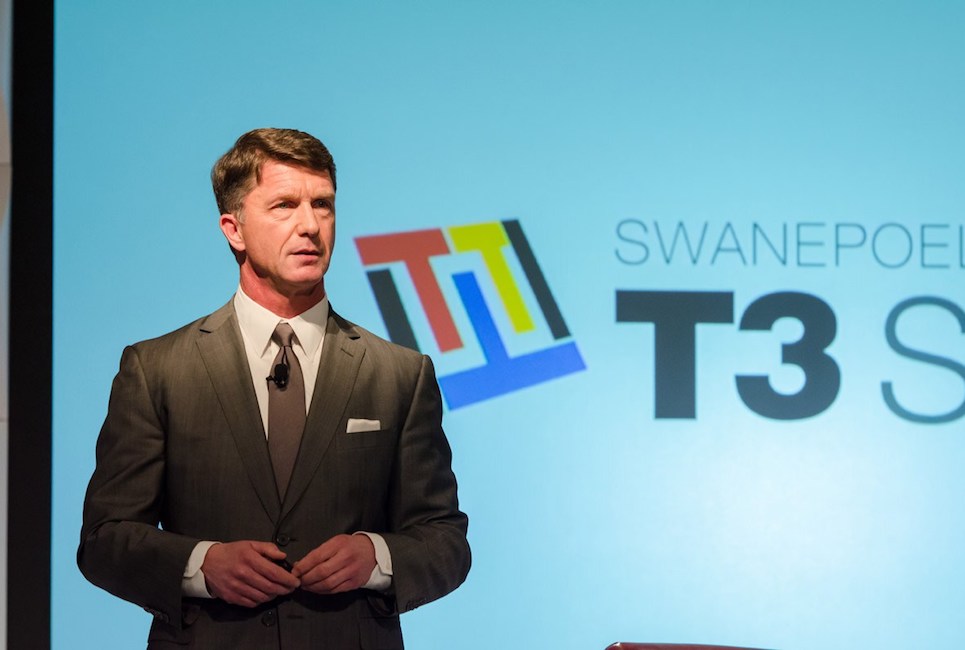
Interview with Rick Miller Subscribe to this show on iTunes | Stitcher | Soundcloud In this refreshing and inspiring talk business expert Rick Miller shares his strategies for unlocking your personal and professional growth. Rick Miller is an author, and speaker who has spent over 30 years as a business leader and go-to Chief, serving as President and/or CEO in Fortune […]
Seth Godin Exclusive: Why Traditional Marketing Doesn’t Work Today
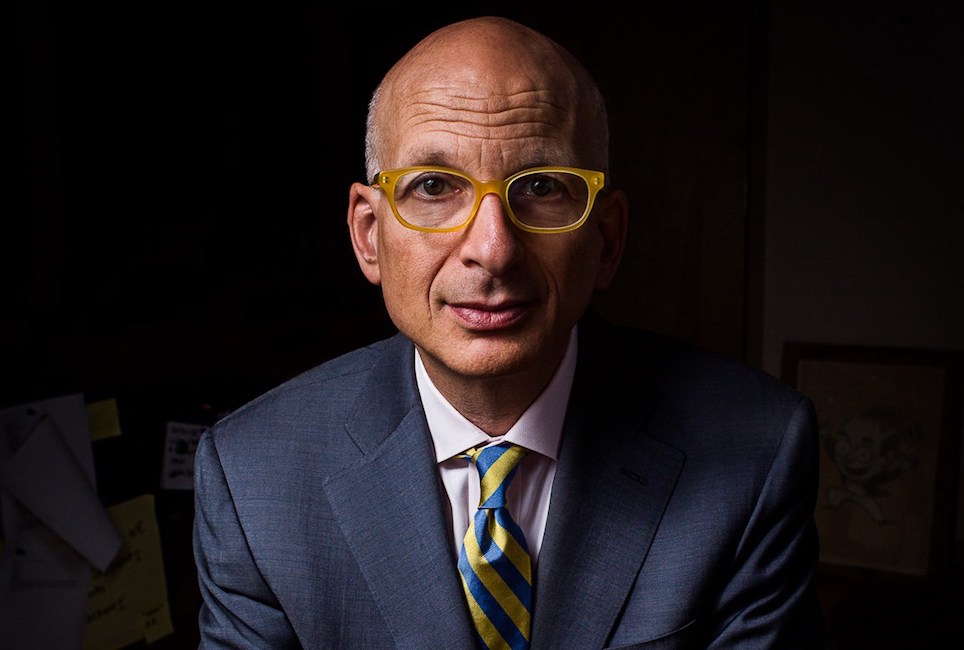
Exclusive Interview with Seth Godin It was an honor and a lot of fun to talk with the legend, Seth Godin. He’s a no bullshit kinda guy who’s sharp as a nail. We dig into the idea of leadership to help uncover what really makes a great leader and how has it changed over time. […]
What are the Ingredients to Great PR for Your Impact Company?: Jackie Herskovitz Russell (Interview)
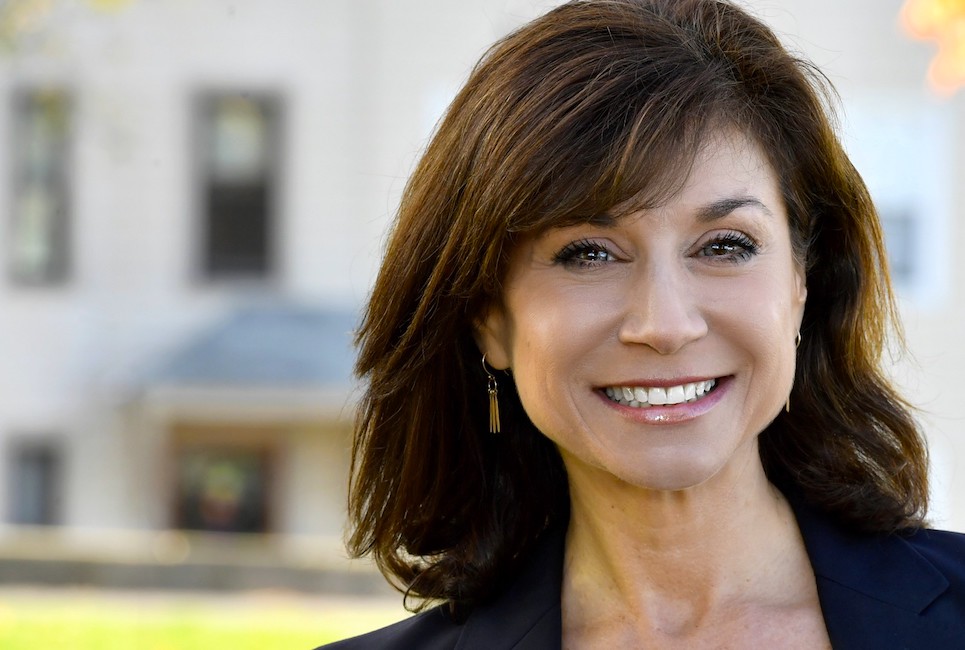
Interview with the founder of Teak Media, Jackie Herskovitz Russell Subscribe to this show on iTunes | Stitcher | Soundcloud In this interview, we talk with PR expert Jackie Herskovitz Russell to understand what makes great PR for your impact company. This is a vibrant and powerful conversation that provides a lot of important insights. Jackie started Teak Media in […]
How Vangst Broke into The Emerging Cannabis Market and Skyrocketed Growth (Interview)
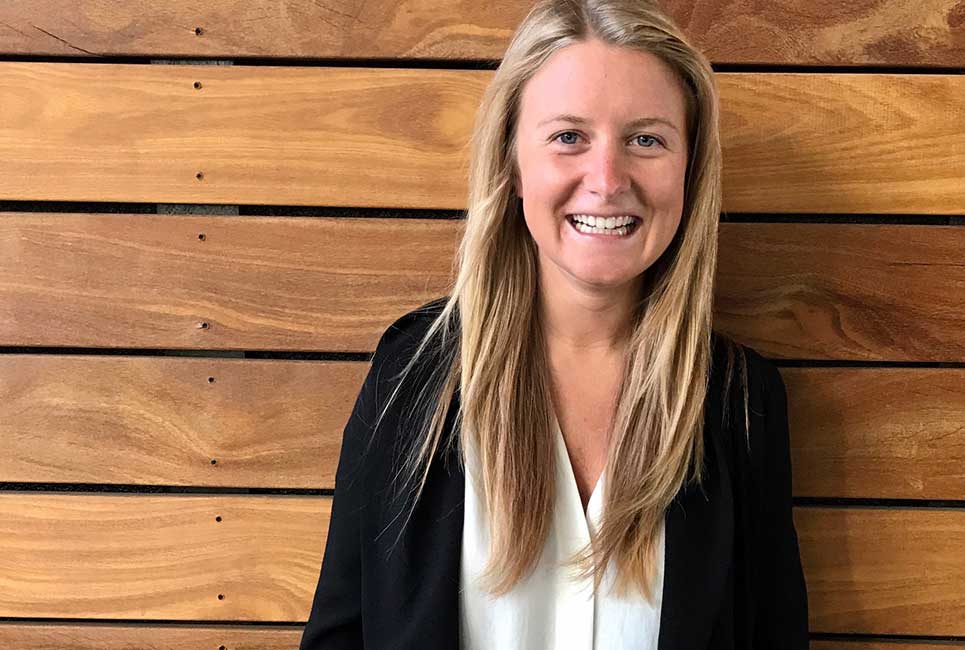
Interview with Karson Humiston and Amanda Guerrero of Vangst. Subscribe to this show on iTunes | Stitcher | Soundcloud As the old stigmas melt away there is what some people call a green rush in the new emerging market of Cannabis. But is it really a green rush? In issue 19 of Change Creator Magazine talk to the experts in […]
How to Drive More Engagement With Smarter Execution
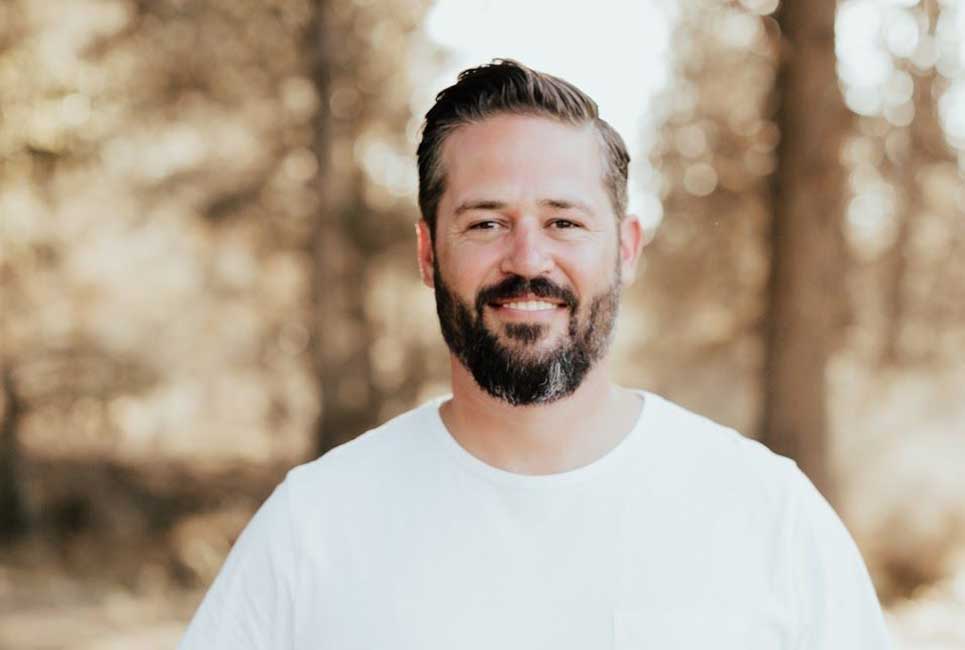
Interview with the founder of ConveYour.com, Isaac Tolpin. Subscribe to this show on iTunes | Stitcher | Soundcloud In this interview with we talk to a tech and human behavior expert who is a successful entrepreneur and founder of ConveYour.com, the #1 Micro-Learning platform for influencers and companies. The focus of this discussion is engagement. The magic word for any business. As […]
Understanding Content Strategy for the Social Impact Space: Victoria Fine
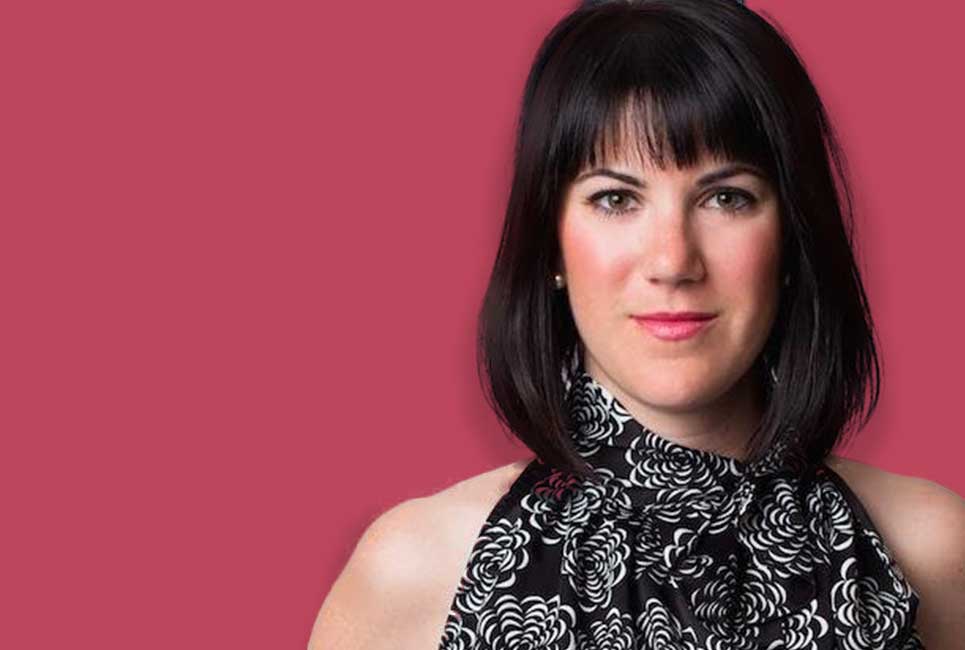
Interview with the founder of Finally, Victoria Fine. Subscribe to this show on iTunes | Stitcher | Soundcloud Victoria Fine is an energetic and passionate leader in the social impact space. Her experience in the content strategy and business growth is outstanding. Before her current role as the CEO of Finally, a growth hacking company, […]
How to Build a Brand That Matters Today: Mona Amodeo, Ph.D.
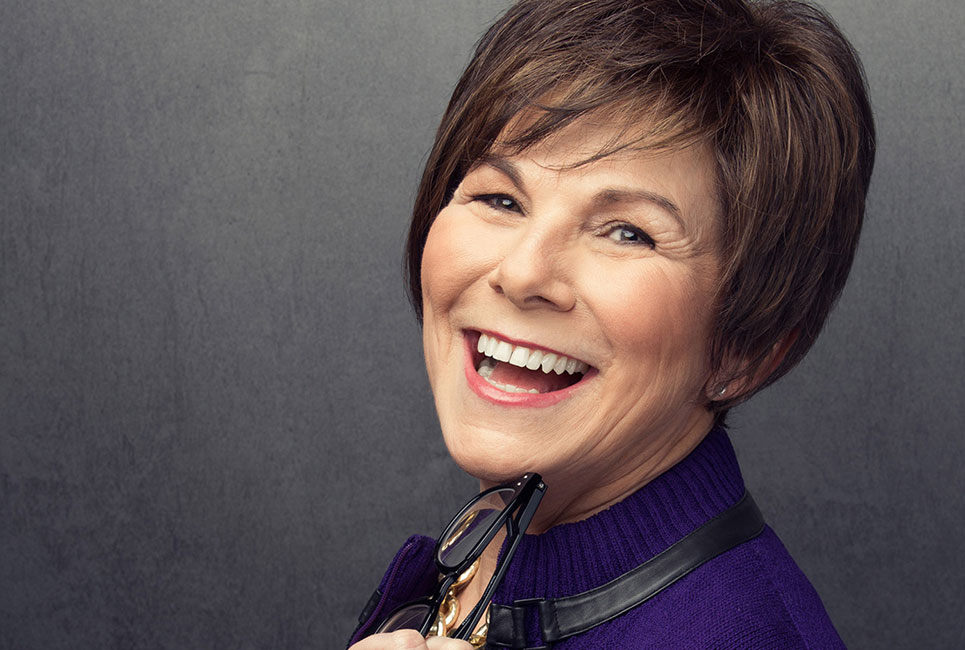
Interview with the founder of idgroup Branding, Mona Amodeo, Ph.D. Subscribe to this show on iTunes | Stitcher | Soundcloud Let me tell you a secret. Your branding matters more than ever today. It’s more than visual and using the right colors. It’s grounded in your intent, your story, your purpose. Everything you do is a reflection of […]
Jay Shetty: What is Storytelling and What Makes a Good Story?

Interview with Jay Shetty. Subscribe to this show on Spotify | iTunes | Stitcher | Soundcloud How do you create impactful content that cuts through the noise? To find out we spoke with a master storyteller. Someone who made the @forbes 30 under 30 list, has billions of views for his videos and was the host of HuffPost Daily. His […]
How do You Lean Into Your Social Mission as a Way to Differentiate Your Business? Jake Orak, Ethnotek Bags (Interview)

Subscribe to this show on iTunes | Stitcher | Soundcloud Are your product and mission symbiotic? What is your ethos all about? Two years ago, Jake Orak was on the cover of the very first edition of Change Creator Magazine. We decided to catch up with Jake to find out where he is with his company, Ethnotek, […]
From Broke College Student to Multi-Million Dollar Business Owner: Nathan Hirsch Interview

In this interview with Nathan Hirsch, we cover a lot of topics! If you want to learn how to bootstrap and grow your business and get to the multi-million dollar level, then this podcast is for you. Who is Nathan Hirsch? Nathan Hirsch is the Founder and CEO of FreeeUp, a marketplace connecting business owners […]
Transformational Leadership That Gets Big Results
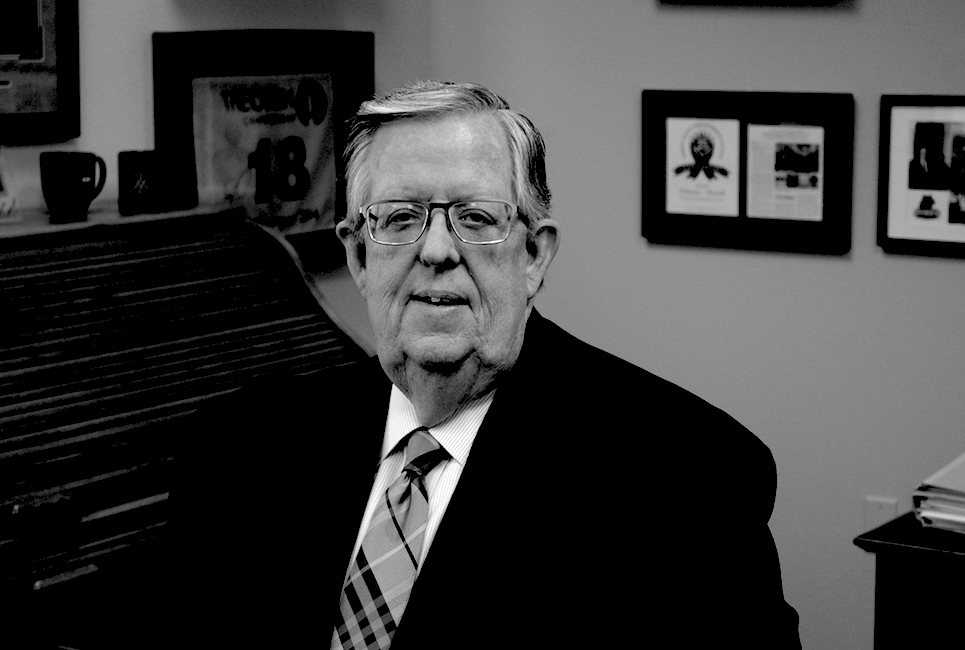
Exclusive interview with Art Barter. Subscribe to this show on iTunes | Stitcher | Soundcloud As the CEO and cultural architect of Datron World Communications, Art Barter transformed the organization from a $10 million company to a $200 million company in just six years after taking ownership of the company and converting the leadership style to servant […]
What Does it Take to Find Purpose and Build Your Personal Brand: Dov Baron

Exclusive interview with Dov Baron. Subscribe to this show on iTunes | Stitcher | Soundcloud Hold on to your seats for this passionate conversation about finding purpose and building your personal brand. Dov Baron is a best-selling author, headline speaker for global conferences on leadership, influence, business and embracing purpose-driven authentic leadership. He has been speaking internationally for […]
Turning an Idea Into a Movement For Social Change: Sonya Renee Taylor

Exclusive interview with Sonya Renee Taylor. Subscribe to this show on iTunes | Stitcher | Soundcloud The Change Creator team met Sonya Renee Taylor during SOCAP, September 2017, after her stellar performance on stage that shook the room. She’s a vibrant poet leading a movement for social change as the Founder and Radical Executive Officer of The Body […]
Why You Should Consider Being on a Nonprofit Board: Kate Kayes (Interview)

Exclusive interview with Echoing Green Director, Kate Hayes. Subscribe to this show on iTunes | Stitcher | Soundcloud In this interview Adam talk with Kate about nonprofit boards. Oddly, enough this seems to be a much overlooked area when considering social change. Yet, it’s full of potential for impact. We talk about the traditional role boards have […]
Interview with Muhammad Yunus: Taking Small Steps for Big Social Business Impact
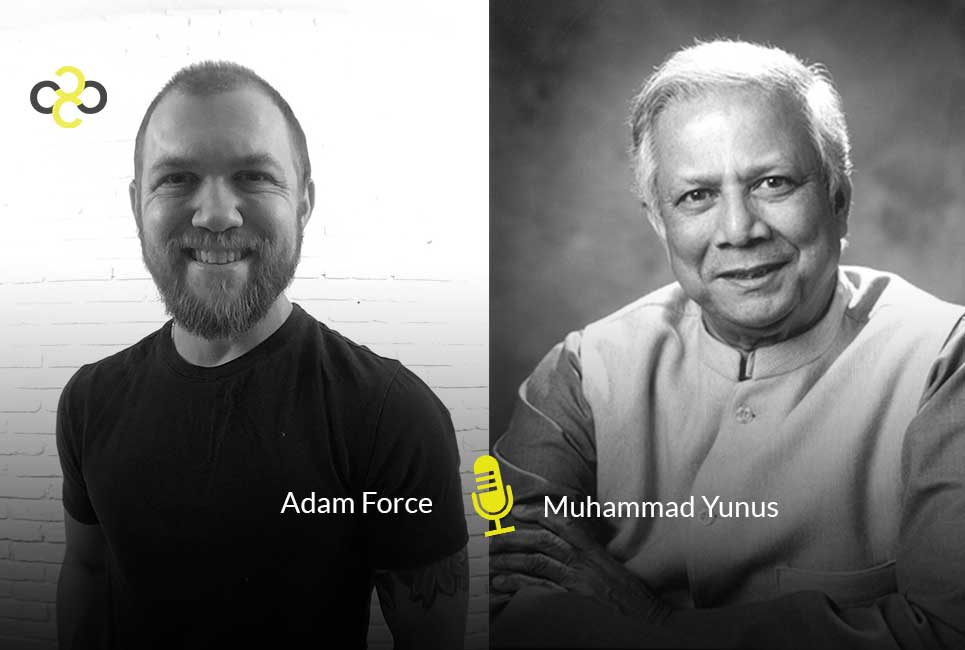
Exclusive interview with Nobel Peace Prize winner and Issue 13 cover story, Dr. Muhammad Yunus. In this interview, we talk with Nobel Peace Prize winner, Dr. Muhammad Yunus who is the Godfather of Social Business tackling poverty head-on. Discover his secrets to success, advice to new Change Creators, and what the future holds. He is […]

